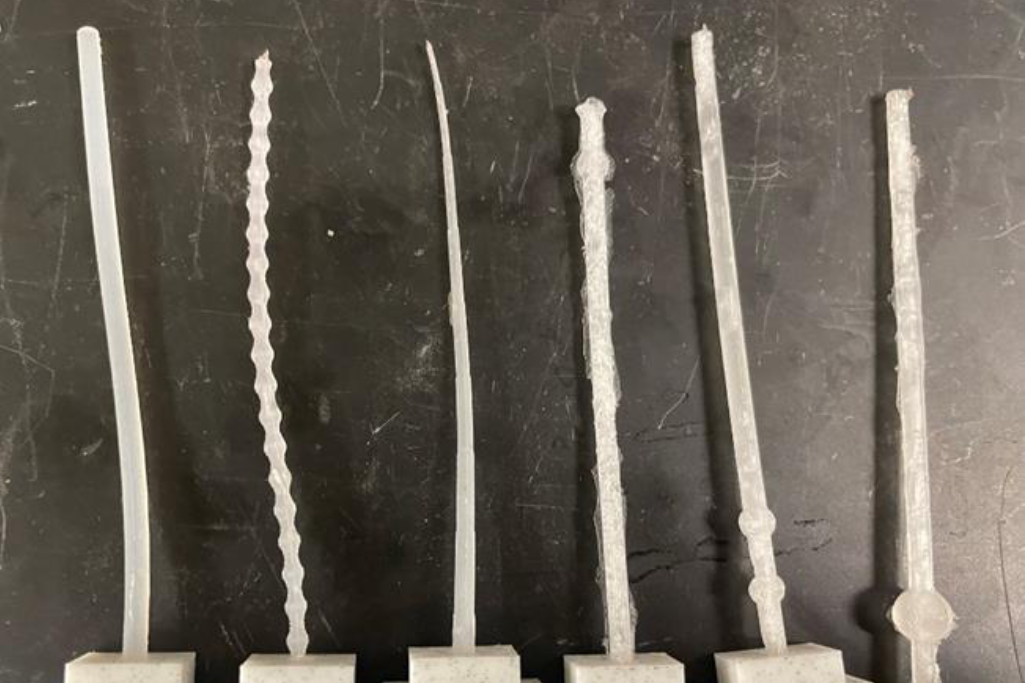Research
The use of flexible structures and unsteady fluid phenomena – historically avoided in engineering – enhances the performance of many biological mechanisms. Inspired by nature, we aim to leverage these characteristics to advance technologies in a variety of fields, including aviation, robotics, energy harvesting and heat transfer. Our group uses experiments and theory to study the complex mechanics that arise when flexible structures interact with a flow. We take advantage of data-driven methods to tackle the large parametric spaces associated with fluid-structure interaction problems.
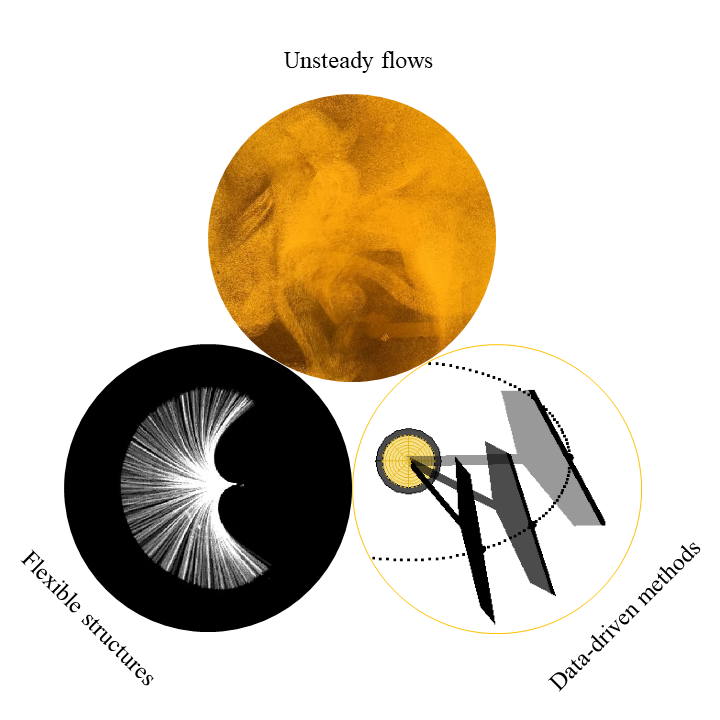
Projects
Unsteady Aerodynamics
Ground effect is known to improve the performance of aerial vehicles. However, flight above a wavy water surface results in a spatial and time variation of the gap between wing and surface, giving rise to complex unsteady effects and stability issues. We study the aerodynamics of wings in unsteady ground effect to develop efficient, stable aircraft.
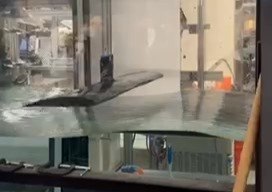
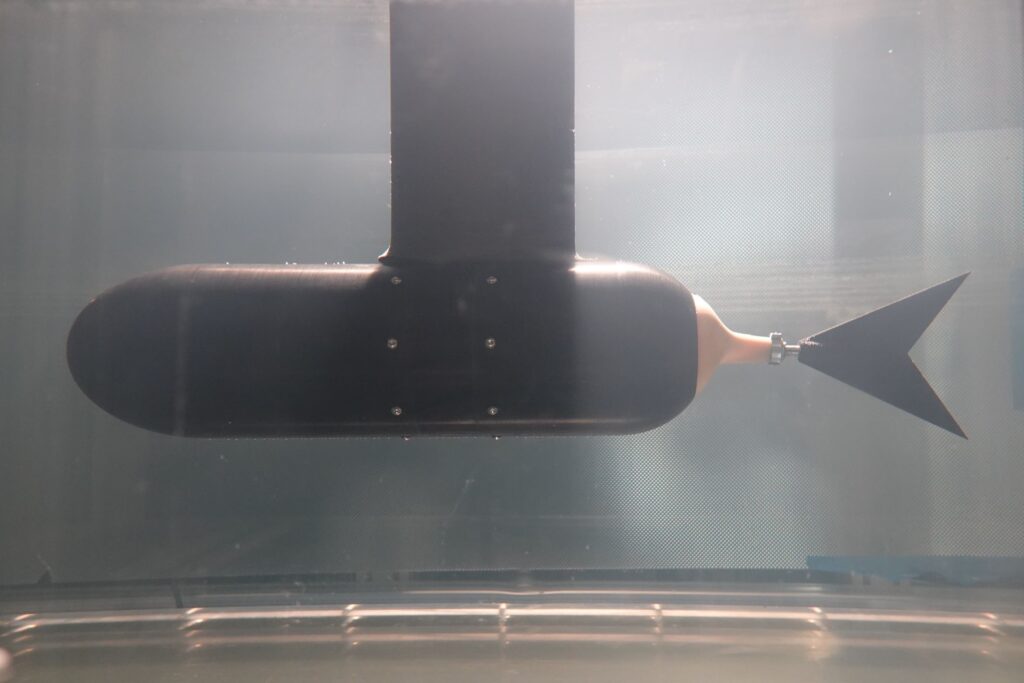
Bio-Inspired Robotics
Through millions of years of evolution, nature has produced locomotion tools with exceptional capabilities. We take inspiration from biological swimmers to design propellers for autonomous underwater vehicles that present enhanced efficiency, maneuverability and noise characteristics.
Wind Energy Harvesting
Aeroelastic energy harvesters convert the strains that a flow induces on a flexible structure into useful electric energy. They are used for low power applications such as remote sensors. We study the complex dynamics of these harvesters to provide design guidelines and improved performance for a variety of applications.

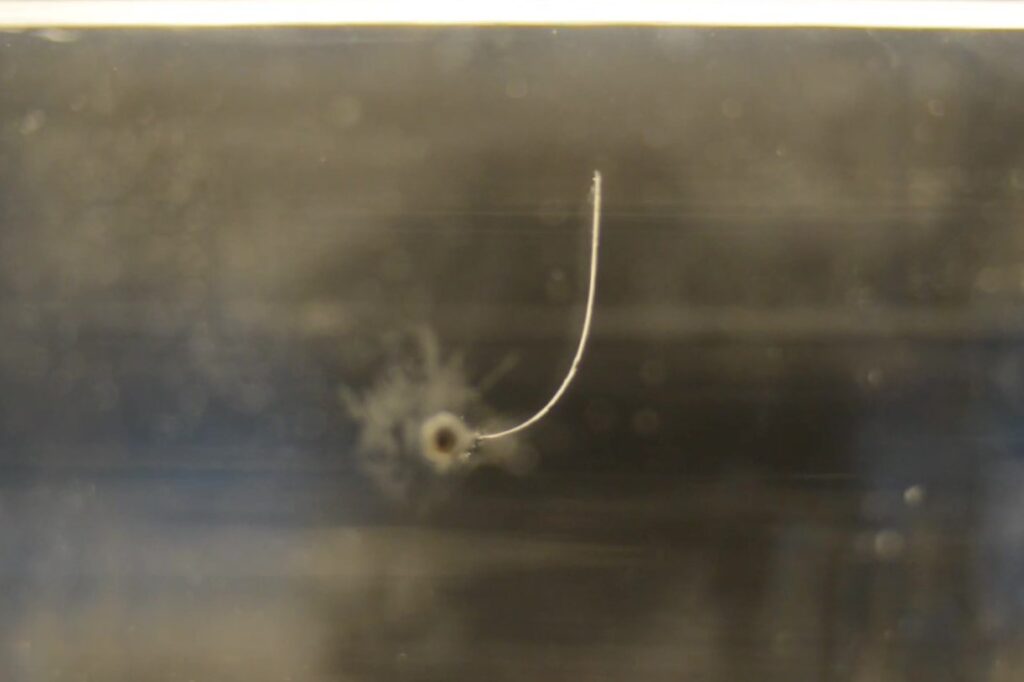
Heat Transfer
Vortex generators enhance heat transfer in heat exchangers by mixing the fluid between walls and far field. We explore the use of flexible, dynamic vortex generators to reduce the losses incurred in the exchanger while improving the heat transfer capabilities.
Flow sensing
Thanks to their highly sensitive whiskers, seals are capable of navigating underwater even in low-visibility conditions. Inspired by this extraordinary ability, we examine the use of instrumented flexible beams on underwater vehicles to detect obstacles and flow features.
